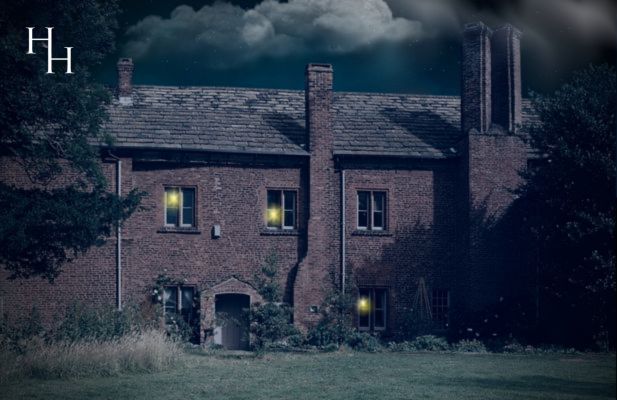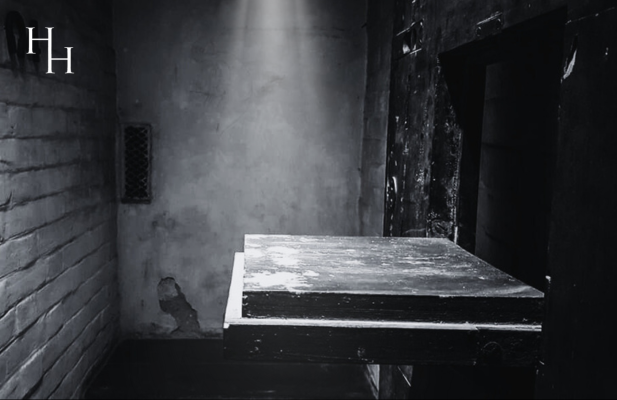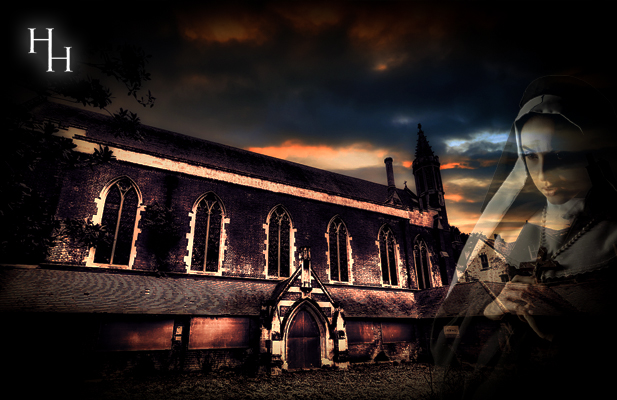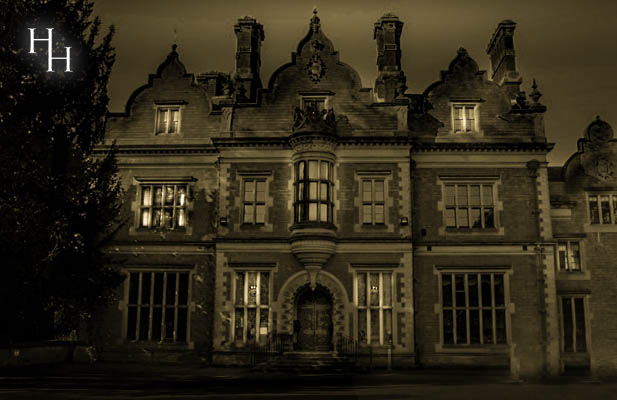Carnfield Hall - Derbyshire, Derbyshire
Sorry, we do not have any events for this location at the moment. Please keep an eye on our website for future dates.
Carnfield Hall is a real gem of a location. Hidden amongst the trees of Carnfield Wood in the Derbyshire countryside, this old Hall dates back to the 15th and 16th centuries where it began life as a country manor house and still retains so much of its original history. To say that it is haunted is an understatement as the ghosts and spirits that roam here are not shy in coming forward. In fact it is so haunted that those who have spent any time inside the Hall become quite used to the ghostly phenomena that happens here. Old wooden staircases, a large attic, drawing room, library and haunted bedrooms all await anybody who wants to ghost hunt at this formidable location. The upstairs parlour has always been a hive of paranormal activity and you can often hear harpsichord music emanating from here along with the shuffling sound of somebody moving around. There are macabre tales of death and in particular the slaying of The Squire, Robert Revell, who had been found murdered in his bed. In this room you will often hear the sounds of furniture being shifted when nobody is in there. In fact nobody really stays in this room for long because of the distinct shuffling sounds heard when sitting quietly on the bed.
Our previous investigations here have identified that there has been a tragedy involving a stillbirth and a maid who roams the main staircase. In fact at the end of one of our investigations most of our guests almost ran out of the front door when they all heard heavy footsteps coming down the stairs during our final vigil. Carnfield Hall should definitely be on the must-do list for any ghost hunter.
Ghosts of Carnfield Hall
With so many ghosts and spirits thought to haunt Carnfield Hall we could spend a long time naming the numerous sightings. However, to give you a taste of the paranormal activity you could experience here there is the ghost of the lady who wanders throughout the house. She is often spotted in the Red Cross Room which was named after its use in the First World War to wind bandages. She can also be seen sitting in the window seat in the dining room. There is the smell of candle smoke which whafts around the house when no candles are lit and the flickering lights seen from the outside when nobody is at home. So many workmen have been driven from the house in fear including builders who have seen and heard ghostly figures wandering around them. An Auctioneer became so terrified that he left the house unsecured vowing never to return. Ghost hunts have revealed many interesting concepts about the activity here particularly in relation to the murdered Squire Robert Revell.
You will be able to discover for yourself who these spirits are and why they refuse to leave this old Manor House.
Brief History of Carnfield Hall
Carnfield Hall is a country house dating from the 15th and 16th Centuries, standing in its ancient deer park and surrounding woods, 1½ miles from junction 28 of the M1 on the Derbyshire/ Nottinghamshire border.
Originally known as Carlingthwaite, old Norse Viking for “an old woman’s clearing”, it passed to the Babington family in the 15th Century where its first known occupant, Dame Alice Babington, married Gregory Page in the 1470s.
However, their son and heir to the Hall became a Catholic priest, meaning that all his wealth and estate would go to the church upon inheritance. More distant members of the Babington Family – The Revells, were disapproving of this law of contribution, and controversially assumed ownership of the hall after inflicting a period of intimidation on the church and the Babington Family, climaxing in the kidnapping of Mrs Page in 1498 by her relative, Hugh Revell. The estate was ‘sold’ to him in 1502.
Carnfield Hall remained with the Revell Family for over 300 years. Over the generations of their possession, they were the main contributors and developers of the amazing building that is with us today.
Edward Revell remodelled the medieval half-timbered house (some of which remains) in the 1570s and his grandsons added panelled rooms and staircases in Jacobean times. Fortuitous marriages with Harpur and Wilmot heiresses in the 17th Century enabled another building phase in the early 1700s by Robert Revell, who was unfortunately murdered in 1714 by two of his servants whilst he slept. (Currently his body still lies between 2 life-size weeping cherubs, in a resplendent tomb in South Normanton Church.)
Robert Revell’s grandaughter Frances died aged 20 of the dreaded smallpox in an epidemic that struck Nottingham in 1736, a year after her marriage to the curiously named Strelley Pegge. ( In their love letters she called him “Dear Mr Pegge” and he ” My dearest charmer”! An interesting formality for a future marriage, as well as the fact that Mr Pegge produced a natural son by his mistress, just before his marriage!)
Frances died before she had children, and her uncle, the Reverend Francis Revell, inherited Carnfield on her death. Shockingly, the Reverend was equally as promiscuous as Mr Pegge, and upon receiving his inheritance, promptly moved into the Hall with his wife, mistress and three illegitimate children!
In 1770 it passed to his natural son Tristram, a Colonel in the army, whose legitimate cousin, Sophia, disputed his right to inherit, but, because she had eloped with the family coachman in 1735, had been cut off. On the Colonel’s death in 1797 without children the estate passed to his cousins.
Sir John Eardley-Wilmot got into financial difficulties and, to avoid embarrassment to an MP, he was made Governor of Tasmania, thus removing the problem. So in 1834 he sold the estate to his land agent Joseph Wilson, captain of the Alfreton Cavalry, magistrate and solicitor. Mr Wilson was arrested in 1840 and incarcerated in Derby Gaol for some weeks, dying at Carnfield, just before his trial. In 1912 his grandson Vaughan Radford, a most typical old English country squire, died and Carnfield was sold to Alfreton estate agent, Melville Watson. In June 1914 he was murdered by a disgruntled tenant and the ongoing restoration started by him abruptly stopped. His widow lived on at the Hall until her death in 1949, following which it was purchased by local industrialist, Noel Darbyshire, who updated the Hall whilst retaining its original features. Darbyshire abandoned the Hall in 1960 and it remained unoccupied until the following owner, James Cartland , bought the property in 1987.
James spent the intervening years restoring this fascinating house. The restoration continued and now includes the ancient park which is to be laid out as it was in the 18th / 19th centuries based on numerous plans and photos found over the years. The work effort and love of the house that James embellished during his ‘tenure’ was nothing short of remarkable.
Shortly after completion, the opportunity arose to buy the adjoining land and buildings. Now the original coach houses have been reunited with the Hall, and the dreams to recreate the historic estate that was once the heart of Alfreton, are becoming more of a reality as the restoration has started







